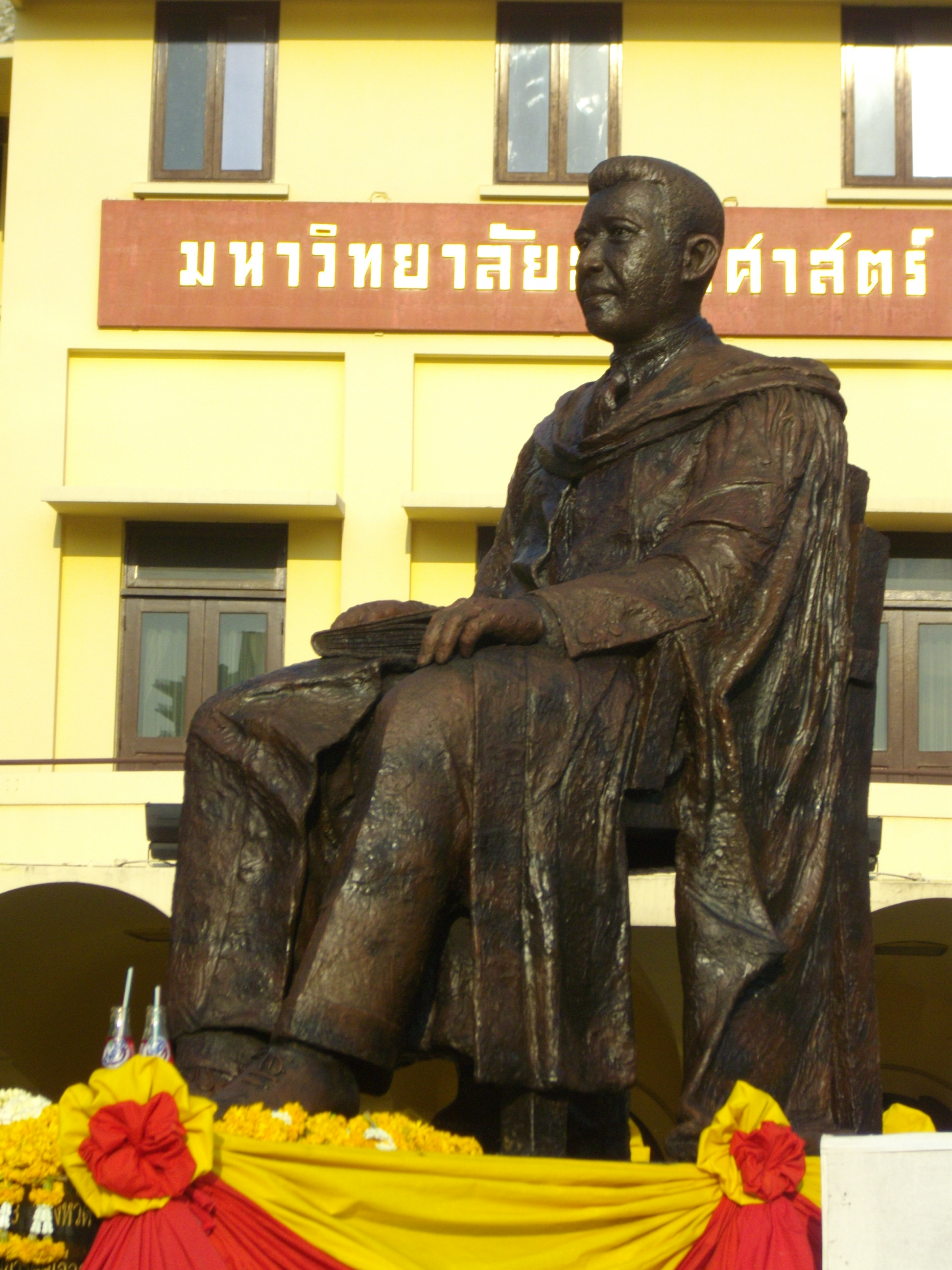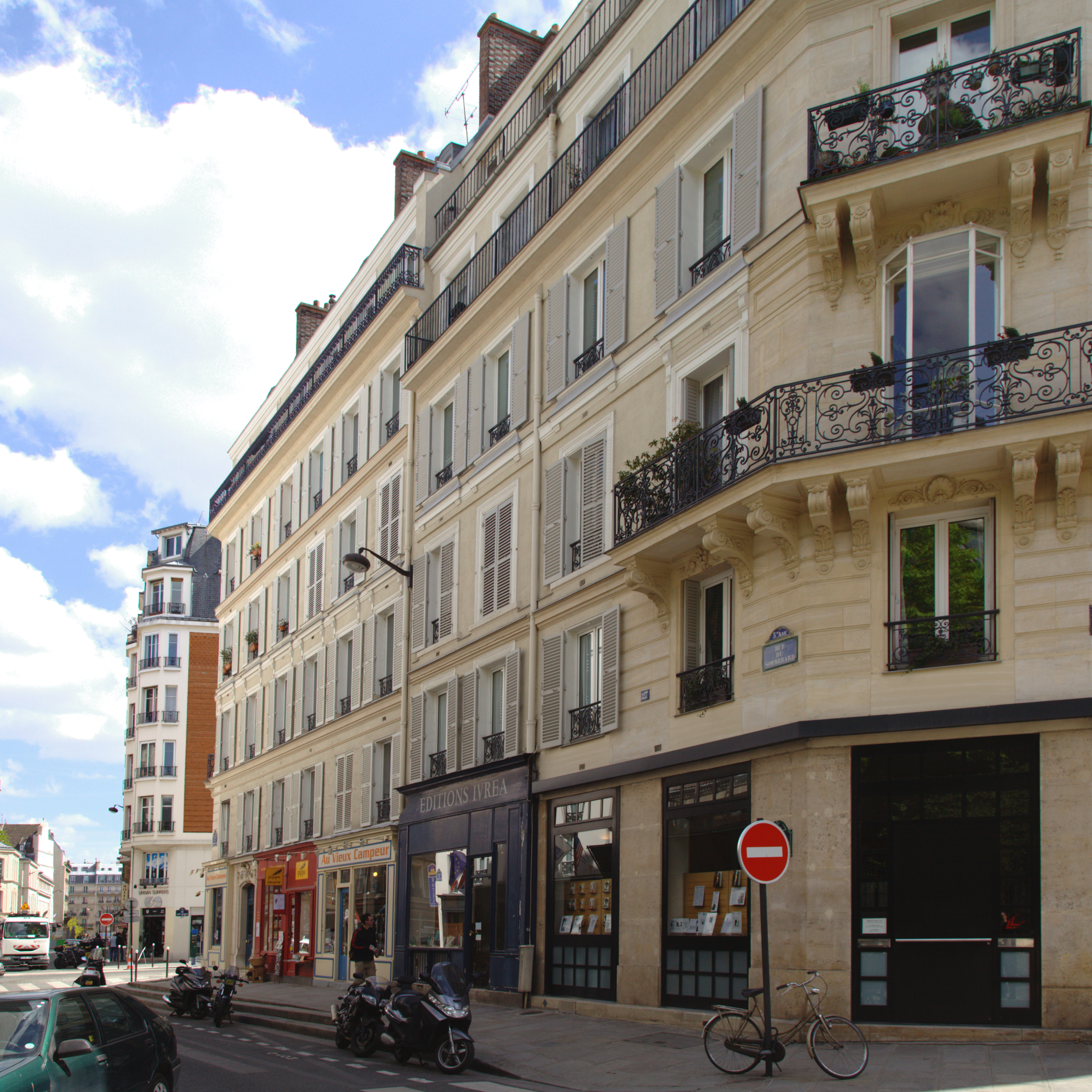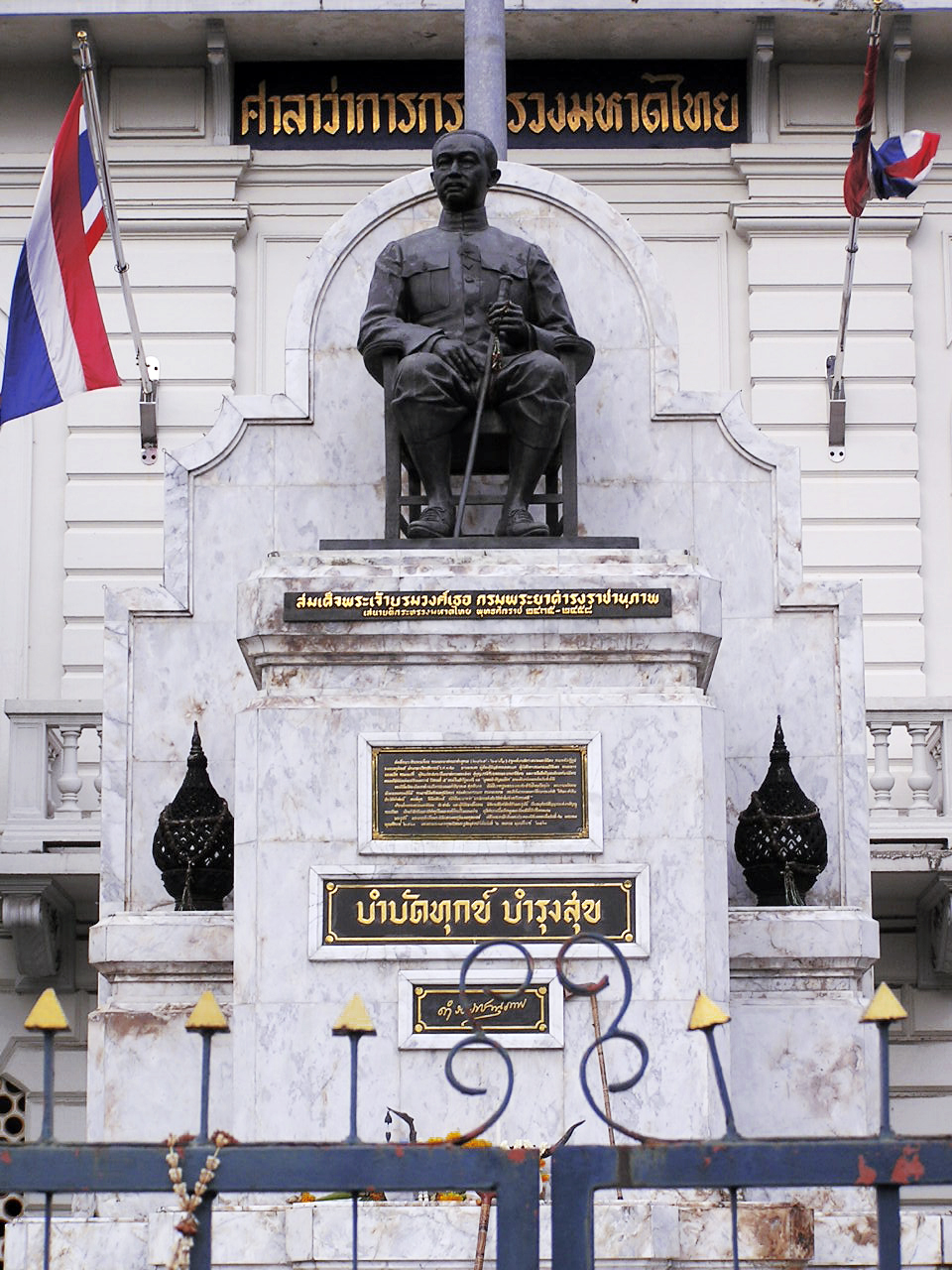|
Thammasat University
Thammasat University (Abbreviation, Abrv: TU th, มธ.; th, มหาวิทยาลัยธรรมศาสตร์, , ) is a public research university in Thailand with campuses in Tha Phra Chan area of Phra Nakhon District near the Grand Palace in the heart of Bangkok; in Rangsit, 42 kilometers north of Bangkok; in Pattaya, a resort city on the eastern seaboard of Thailand; and in Lampang Province. , Thammasat University has over 33,000 students enrolled in 33 faculties, colleges, and institutes and 2,700 academic staff. Thammasat is Thailand's second oldest List of universities and colleges in Thailand, university. Officially established to be the national university of Thailand on 27 June 1934, it was named by its founder, Pridi Banomyong, the University of Moral and Political Sciences ( th, มหาวิทยาลัยวิชาธรรมศาสตร์และการเมือง; ). It began as an Open-door academic policy, open university, wi ... [...More Info...] [...Related Items...] OR: [Wikipedia] [Google] [Baidu] |
National University
A national university is mainly a university created or managed by a government, but which may also at the same time operate autonomously without direct control by the state. Some national universities are associated with national cultural or political aspirations. For example, the National University of Ireland during the early days of Irish independence collected a large amount of information about the Irish language and Irish culture. In Argentina, the national universities are the result of the 1918 Argentine university reform and subsequent reforms, which were intended to provide a secular university system without direct clerical or government influence by bestowing self-government on the institutions. List of national universities Albania Argentina * University of Buenos Aires Australia * Australian National University Bangladesh * National University of Bangladesh Bhutan * Royal University of Bhutan Bosnia and Herzegovina * University of Sarajevo Brazil * ... [...More Info...] [...Related Items...] OR: [Wikipedia] [Google] [Baidu] |
Bank Of Thailand
The Bank of Thailand (BOT) ( Abrv: ธปท.; th, ธนาคารแห่งประเทศไทย, ) is the central bank of Thailand. History The Bank of Thailand (BOT) was first set up as the Thai National Banking Bureau. The Bank of Thailand Act was promulgated on 28 April 1942 vesting upon the Bank of Thailand the responsibility for all central banking functions. The Bank of Thailand started operations on 10 December 1942. The Bank of Thailand Act, B.E. 2485 was later amended in order to put emphasis on its social responsibility, to create a mechanism to guard against economic crisis, as well as to set up its decision making process to ensure good governance and transparency in the organization. The Bank of Thailand Act, B.E. 2551 came into force on 4 March 2008. Roles and responsibilities The Bank of Thailand's mission is to provide a stable financial environment for sustainable economic growth in order to achieve continuous improvement in the standard of li ... [...More Info...] [...Related Items...] OR: [Wikipedia] [Google] [Baidu] |
Bachelor's Degree
A bachelor's degree (from Middle Latin ''baccalaureus'') or baccalaureate (from Modern Latin ''baccalaureatus'') is an undergraduate academic degree awarded by colleges and universities upon completion of a course of study lasting three to six years (depending on institution and academic discipline). The two most common bachelor's degrees are the Bachelor of Arts (BA) and the Bachelor of Science (BS or BSc). In some institutions and educational systems, certain bachelor's degrees can only be taken as graduate or postgraduate educations after a first degree has been completed, although more commonly the successful completion of a bachelor's degree is a prerequisite for further courses such as a master's or a doctorate. In countries with qualifications frameworks, bachelor's degrees are normally one of the major levels in the framework (sometimes two levels where non-honours and honours bachelor's degrees are considered separately). However, some qualifications titled bachelor's ... [...More Info...] [...Related Items...] OR: [Wikipedia] [Google] [Baidu] |
Khana Ratsadon
The People's Party, known in Thai as Khana Ratsadon ( th, คณะราษฎร, ), was a Siamese group of military and civil officers, and later a political party, which staged a bloodless revolution against King Prajadhipok's government and transformed the country's absolute monarchy to constitutional monarchy on 24 June 1932. Background The Promoters In 1927, the Kingdom of Siam, the Rattanakosin Kingdom (1782–1932), was under the absolutist rule of the House of Chakri, under King Prajadhipok, Rama VII. Under his reign, the nation experienced troubles stemming from an archaic government confronted with serious economic problems and threats from abroad, the British and French Empires. The country was also experiencing a dramatic social change as the urban and middle classes of Bangkok were starting to grow, slowly demanding more rights from their government, criticizing it as ineffective. These changes were mostly led by men, civilians and military, who had gradu ... [...More Info...] [...Related Items...] OR: [Wikipedia] [Google] [Baidu] |
Ministry Of Interior (Thailand)
The Ministry of Interior of the Kingdom of Thailand ( Abrv: MOI; th, กระทรวงมหาดไทย, ) is a cabinet-level department in the Government of Thailand. The ministry has wide ranging responsibilities. It is responsible for local administration, internal security, citizenship, disaster management, road safety, land management, issuance of national identity cards, and public works. The ministry is responsible for appointing the 76 governors of the Provinces of Thailand. The Minister of Interior ( th, รัฐมนตรีกระทรวงมหาดไทย) is the head of the ministry. He is appointed by the King of Thailand on the recommendation of the prime minister. Since 30 August 2014, the head of the ministry has been retired General Anupong Paochinda. He is aided by two deputy ministers. The FY2019 budget of the ministry is 371,802 million baht. History The ministry in its present form was founded on 1 April 1892 by King Chulalongkorn (Rama V ... [...More Info...] [...Related Items...] OR: [Wikipedia] [Google] [Baidu] |
Chulalongkorn University
Chulalongkorn University (CU, th, จุฬาลงกรณ์มหาวิทยาลัย, ), nicknamed Chula ( th, จุฬาฯ), is a public and autonomous research university in Bangkok, Thailand. The university was originally founded during King Chulalongkorn's reign as a school for training royal pages and civil servants in 1899 (B.E. 2442) at the Grand Palace of Thailand. It was later established as a national university in 1917, making it the oldest institute of higher education in Thailand. During the reign of Chulalongkorn's son, King Vajiravudh, the Royal Pages School became the Civil Service College of King Chulalongkorn. The Rockefeller Foundation was instrumental in helping the college form its academic foundation. On 26 March 1917, King Vajiravudh renamed the college "Chulalongkorn University". Chulalongkorn University is a comprehensive and research-intensive university. It is ranked as the best university in Thailand in many surveys, quality of st ... [...More Info...] [...Related Items...] OR: [Wikipedia] [Google] [Baidu] |
Emblem Of UMPS (later Thammasat University)
An emblem is an abstract or representational pictorial image that represents a concept, like a moral truth, or an allegory, or a person, like a king or saint. Emblems vs. symbols Although the words ''emblem'' and ''symbol'' are often used interchangeably, an emblem is a pattern that is used to represent an idea or an individual. An emblem develops in concrete, visual terms some abstraction: a deity, a tribe or nation, or a virtue or vice. An emblem may be worn or otherwise used as an identifying badge or patch. For example, in America, police officers' badges refer to their personal metal emblem whereas their woven emblems on uniforms identify members of a particular unit. A real or metal cockle shell, the emblem of St. James the Apostle, sewn onto the hat or clothes, identified a medieval pilgrim to his shrine at Santiago de Compostela. In the Middle Ages, many saints were given emblems, which served to identify them in paintings and other images: St. Catherine h ... [...More Info...] [...Related Items...] OR: [Wikipedia] [Google] [Baidu] |
Monument Of Pridi Banomyong, Thammasat University 02
A monument is a type of structure that was explicitly created to commemorate a person or event, or which has become relevant to a social group as a part of their remembrance of historic times or cultural heritage, due to its artistic, historical, political, technical or architectural importance. Some of the first monuments were dolmens or menhirs, megalithic constructions built for religious or funerary purposes. Examples of monuments include statues, (war) memorials, historical buildings, archaeological sites, and cultural assets. If there is a public interest in its preservation, a monument can for example be listed as a UNESCO World Heritage Site. Etymology It is believed that the origin of the word "monument" comes from the Greek ''mnemosynon'' and the Latin ''moneo'', ''monere'', which means 'to remind', 'to advise' or 'to warn', however, it is also believed that the word monument originates from an Albanian word 'mani men' which in Albanian language means 'remember ... [...More Info...] [...Related Items...] OR: [Wikipedia] [Google] [Baidu] |
QS World University Rankings
''QS World University Rankings'' is an annual publication of university rankings by Quacquarelli Symonds (QS). The QS system comprises three parts: the global overall ranking, the subject rankings (which name the world's top universities for the study of 51 different subjects and five composite faculty areas), and five independent regional tables—namely Asia, Latin America, Emerging Europe and Central Asia, the Arab Region, and BRICS. The QS ranking receives approval from the International Ranking Expert Group (IREG), and is viewed as one of the most-widely read university rankings in the world, along with '' Academic Ranking of World Universities'' and ''Times Higher Education World University Rankings''. According to Alexa Internet, it is the most widely viewed university ranking worldwide. However, it has been criticized for its overreliance on subjective indicators and reputation surveys, which tend to fluctuate over time. Concern also exists regarding the global consistenc ... [...More Info...] [...Related Items...] OR: [Wikipedia] [Google] [Baidu] |





.jpg)
